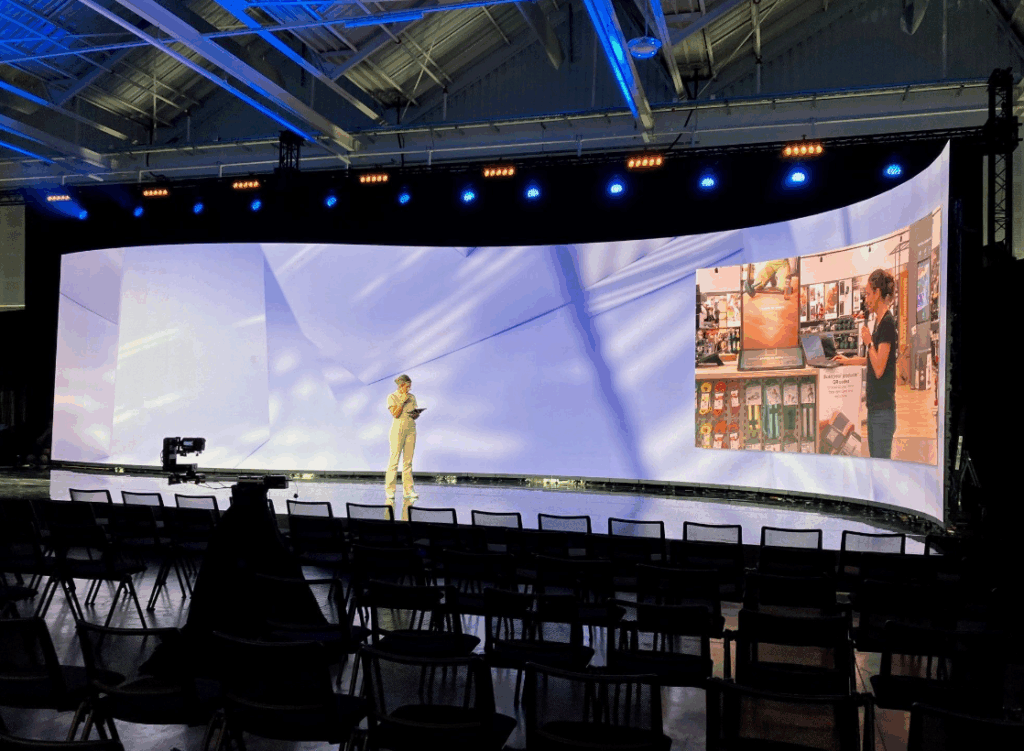In 2025, LED Screen Rental has become an essential solution for events, businesses, and marketing campaigns looking to create high-impact visual experiences. From concerts and corporate gatherings to trade shows and weddings, LED screens deliver unmatched brightness, clarity, and flexibility. But how much does it really cost to rent one in 2025? Let’s break down the key factors influencing pricing and what you can expect to pay this year.
1. The Growing Popularity of LED Screen Rentals
The demand for LED Screen Rental continues to rise as event organizers and brands recognize the value of immersive visual displays. With advancements in LED technology—such as finer pixel pitches, higher resolutions, and energy efficiency—LED screens are now more versatile and accessible than ever. These innovations have slightly reduced costs per square meter while improving performance, making them a go-to choice for both indoor and outdoor applications.
2. Average LED Screen Rental Prices in 2025
While prices can vary depending on screen type and event requirements, here’s a general overview of what you can expect in 2025:
-
Small Indoor LED Screens (2–4m²): Around $400–$800 per day
-
Medium-Sized LED Walls (5–10m²): Between $1,000–$2,500 per day
-
Large Outdoor LED Screens (10m²+): Typically $3,000–$6,000 per day, depending on weatherproofing and brightness levels
-
Full Event Packages (including setup and operation): Can range from $5,000–$20,000+, based on duration and complexity
Keep in mind that these figures include screen panels, controllers, rigging, and sometimes an on-site technician to handle setup and operation.
3. Factors That Influence LED Screen Rental Costs
Several factors contribute to the overall price of LED Screen Rental, and understanding them helps you plan your budget effectively:
-
Screen Size and Resolution: The larger the screen and the finer the pixel pitch (e.g., P2.5 vs. P4), the higher the rental cost.
-
Indoor vs. Outdoor Use: Outdoor LED screens are weather-resistant and brighter, which increases rental rates.
-
Rental Duration: Daily rates are common, but discounts often apply for weekly or multi-day rentals.
-
Location and Logistics: Transportation, setup, and dismantling costs depend on venue accessibility and distance.
-
Additional Equipment: Costs can increase if you require sound systems, video processors, trussing, or content design.
4. Cost-Saving Tips for LED Screen Rentals
If you’re looking to reduce your LED Screen Rental expenses without compromising on quality, consider these practical tips:
-
Book Early: Early reservations can secure better pricing, especially during peak event seasons.
-
Bundle Services: Many rental companies offer discounts when you combine LED screens with lighting or audio equipment.
-
Choose the Right Size: Avoid overestimating the screen size—pick dimensions suited to your venue and audience distance.
-
Opt for Local Providers: Working with a nearby rental company can significantly cut transportation costs.
5. Future Trends Impacting LED Screen Rental Costs
As technology evolves, LED Screen Rental pricing in the future may become even more competitive. Trends like modular LED panels, transparent displays, and energy-efficient models are making rentals more sustainable and cost-effective. Moreover, AI-driven content synchronization and wireless control systems are reducing the need for extensive manual setup, saving time and labor costs for event organizers.
6. Final Thoughts
In 2025, LED Screen Rental remains a powerful investment for anyone aiming to enhance audience engagement through dynamic visuals. While prices vary depending on screen specifications, event type, and location, the flexibility and visual impact they offer make them worth every dollar. By understanding the factors influencing costs and planning strategically, you can achieve stunning visual displays that captivate your audience without exceeding your budget.


